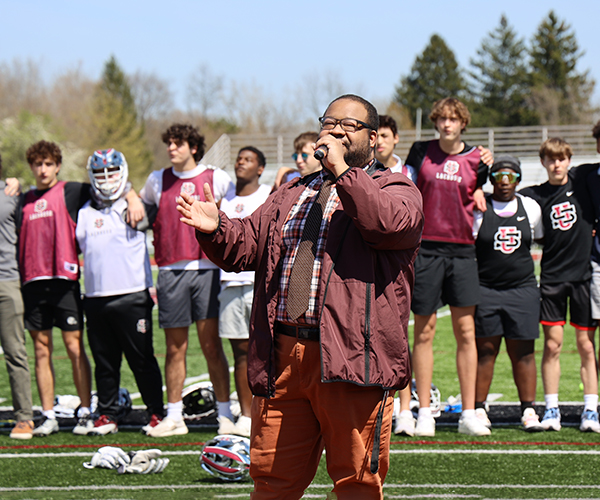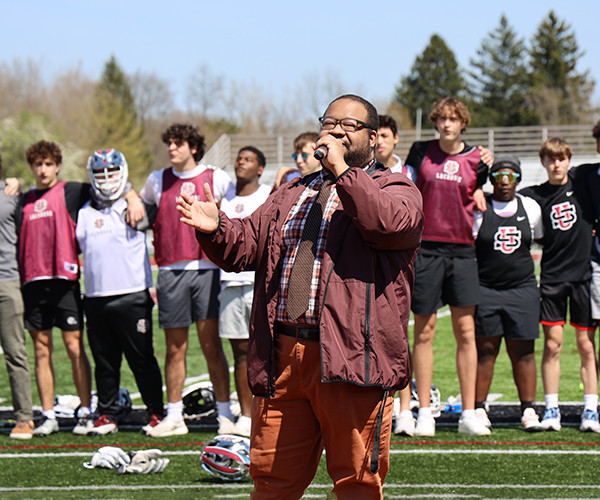When administrators at The University of Toledo realized only about half of African-American students returned after their freshman year, they decided to do something about it. This semester, the school opened the African-American Student Enrichment Initiatives Office, a place designed to help students make the transition from high school or community college to UT.
“Looking at our retention data, we found the African-American population had the lowest retention compared with an approximately 70 percent Caucasian and middle 60 percent Latino retention,” says Martino Harmon, former University of Toledo director of admissions and current interim director of the office. African-American students comprise about 11 percent of Toledo’s freshman class annually.
Where were the students going after leaving UT? According to Harmon, many students were not transferring to other four-year colleges but chose, for financial reasons or otherwise, to transfer to two-year colleges or drop out of college altogether.
“We discovered that many students weren’t prepared academically, socially or financially,” he explains. “They experienced feelings of isolation being at a predominantly white campus. There were a lot of reasons.”
The African-American Student Enrichment Initiatives Office is helping students feel more at home at UT.
“This office is a central location where students know they can come for help,” Harmon explains. “We can connect students with financial aid and make sure they are on time with their applications. We can help with tutoring and mentoring. If they didn’t know where they could go for help before, now they know they can come here.”
The incoming freshman class was introduced to the African-American Student Enrichment Initiatives Office prior to the university’s orientation, with parent and student breakout sessions and workshops. Approximately 160 students, more than half of the African-Americans accepted, participated.
The office introduced its first Reaching African-American Potential (RAAP) sessions in January. The sessions were held in the Student Union and quickly grew to about 40 students each week. Topics included scholarships, credit card management and student leadership.
Student evaluation forms completed at the end of spring semester indicated a high degree of satisfaction. Harmon says the program’s consistency in meeting is key to its success.
The office also partnered with the Black Student Union to sponsor an African-American Graduates Ceremony. A mentorship program, created in conjunction with Miniya (African-American female mentorship) and the Student African-American Brotherhood (SAAB), pairs new freshmen with an upper-class student and either a faculty, staff or community member. The program also promotes academic achievement, recognizing students with a minimum 3.0 GPA at a special program in December.
“Our job is not to duplicate services,” Harmon explains. “Our job is to support. So if a student needs math tutoring, we may be advised by the department that he has been referred for tutoring. We would then follow up and see that a tutoring appointment has been made.”
The office was established thanks to a request from the Provost Office and Academic Affairs to involve faculty and staff, who can make a difference in first-to-second-year retention of African-American students.
“We want African-American and Hispanic students to meet administrators, staff and other students so they know where to go when they have problems,” Harmon says. “All it takes is two or three weeks for a student to become lost.”



